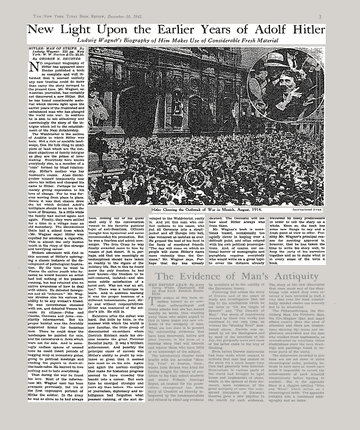
Introduction
Bellingcat, an investigative journalism website founded by Eliot Higgins in 2014, has rapidly gained importance in the media landscape. It utilises open-source intelligence (OSINT) to investigate and expose issues surrounding conflict, corruption, and crime. As traditional journalism faces challenges, Bellingcat has set a precedent for utilizing digital tools to hold power to account, making its work particularly relevant in today’s rapidly changing information environment.
The Rise of Bellingcat
Initially focusing on the Syrian Civil War, Bellingcat gained international recognition for its investigations into the downing of Malaysia Airlines Flight 17 in 2014. Using satellite imagery and social media analysis, Bellingcat identified the missile launcher responsible for the incident. Such breakthroughs have not only corroborated journalistic claims but have also provided citizens with accessible avenues for understanding complex global events.
Innovative Investigative Techniques
Bellingcat’s methodology primarily involves gathering data from readily available digital sources, including social media, satellite images, and public records. This approach has led to investigations into significant topics such as the poisoning of Russian opposition leader Alexei Navalny and political unrest in Belarus. By combining these tools with rigorous analysis, Bellingcat has showcased how citizen journalists can engage with and contribute to global accountability efforts.
Challenges and Controversies
Despite its successes, Bellingcat is not without challenges. The organisation faces scrutiny over its methods and the ethical implications of conducting open-source investigations. In regions under authoritarian regimes, the risks associated with such transparency can endanger sources and operatives involved. Additionally, Bellingcat has been accused by some entities of blurring the lines between journalism and activism. Nonetheless, it remains a pivotal player in modern investigative reporting.
The Future of Investigative Journalism
The impact of Bellingcat illustrates a shift towards collaborative journalism that harnesses diverse skill sets across the digital landscape. As the fight against misinformation becomes increasingly important, Bellingcat serves as a model for future investigative efforts. By empowering individuals to leverage available resources, it encourages a more participatory approach to journalism.
Conclusion
In conclusion, Bellingcat’s approach to investigative journalism is reshaping how stories are uncovered and validated. As technology continues to evolve, the potential for similar entities to emerge appears promising. For readers, following Bellingcat’s work can provide valuable insights into world events while fostering an understanding of the critical role of investigative journalism in today’s society.
You may also like

The Impact of Susanna Reid on British Television

Susanna Reid: The Journey of a Renowned Journalist
